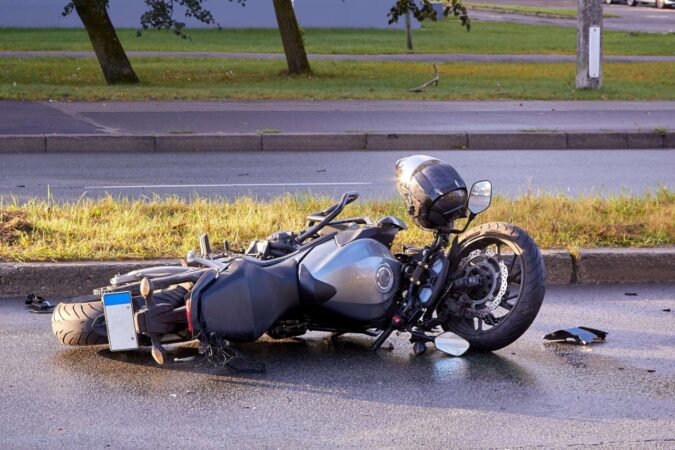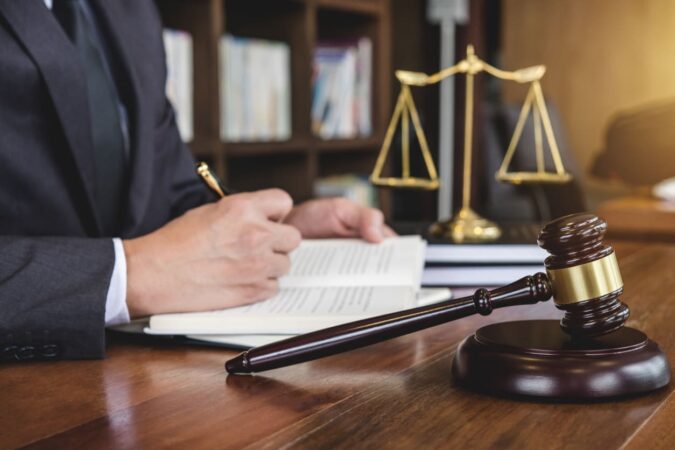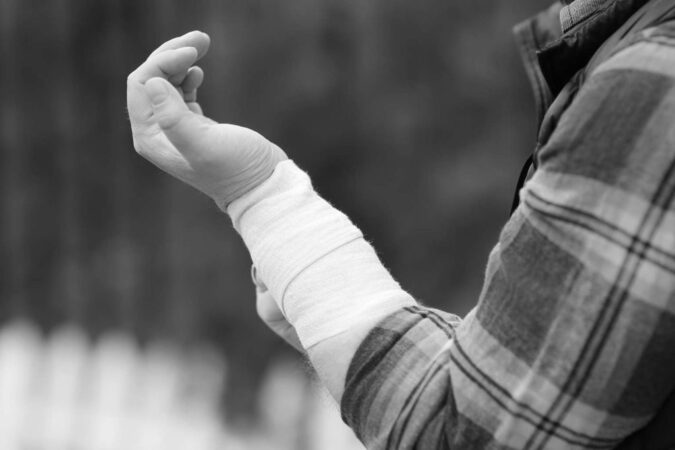
- Motorcycle Accident Statistics in Los Angeles
- Common Causes of Motorcycle Accidents in Los Angeles
- Types of Injuries Suffered in Motorcycle Accidents
- Legal Rights of Motorcycle Accident Victims
- Choosing a Motorcycle Accident Lawyer in Los Angeles
- Negotiating a Motorcycle Accident Settlement
- Trial Process for Motorcycle Accident Cases
Motorcycle Accident Statistics in Los Angeles
In the bustling metropolis of Los Angeles, motorcycle accidents have become a growing concern, with the city consistently ranking among the most dangerous for motorcyclists in the nation. According to the California Highway Patrol (CHP), in 2022 alone, there were over 1,500 motorcycle accidents reported within the city limits, resulting in numerous fatalities and serious injuries.
The high number of motorcycle accidents in Los Angeles can be attributed to several factors, including:
Causes of Motorcycle Accidents
- Negligent Driving: Reckless or distracted driving by other motorists, such as speeding, texting while driving, or failing to yield, often contributes to motorcycle accidents.
- Road Conditions: Poor road conditions, such as potholes, uneven surfaces, or inadequate lighting, can pose hazards for motorcyclists and increase the risk of accidents.
- Motorcycle Defects: Mechanical failures or design defects in motorcycles can also lead to accidents, especially if they are not properly maintained or inspected.
- Alcohol and Drug Impairment: Operating a motorcycle under the influence of alcohol or drugs significantly impairs judgment and coordination, increasing the likelihood of an accident.
- Lack of Protective Gear: Motorcyclists who fail to wear helmets or other protective gear are more vulnerable to severe injuries in the event of an accident.
Common Causes of Motorcycle Accidents in Los Angeles
Los Angeles, with its dense traffic and congested roadways, presents unique challenges for motorcyclists. Motorcycle accidents in the city are a significant concern, accounting for a disproportionate number of traffic-related fatalities and injuries. Understanding the common causes of these accidents is crucial for promoting safety and reducing the risk of future incidents.
Multiple factors contribute to motorcycle accidents in Los Angeles, including:
Impaired Driving
- Alcohol and drug use impair judgment, coordination, and reaction time, increasing the risk of accidents.
- Driving under the influence of substances is a major contributing factor to motorcycle fatalities in Los Angeles.
Speeding and Aggressive Driving
- Excessive speed limits the rider’s ability to react to hazards and increases the severity of crashes.
- Aggressive driving, such as weaving in and out of traffic or running red lights, puts motorcyclists at greater risk.
Lane Splitting
- Lane splitting, or riding between lanes of traffic, is legal in California but can be dangerous.
- Motorists may not be aware of motorcycles lane splitting, leading to collisions.
Road Conditions
- Potholes, uneven pavement, and debris on the road can cause motorcycles to lose stability and crash.
- Poor road conditions are particularly hazardous for motorcyclists during inclement weather.
Distracted Driving
- Cell phone use, texting, and other distractions divert drivers’ attention from the road.
- Distracted driving increases the risk of accidents for both motorists and motorcyclists.
Lack of Visibility
- Motorcycles are smaller and less visible than cars, making them difficult to see.
- Motorcyclists may be hidden in blind spots or obscured by other vehicles.
Types of Injuries Suffered in Motorcycle Accidents
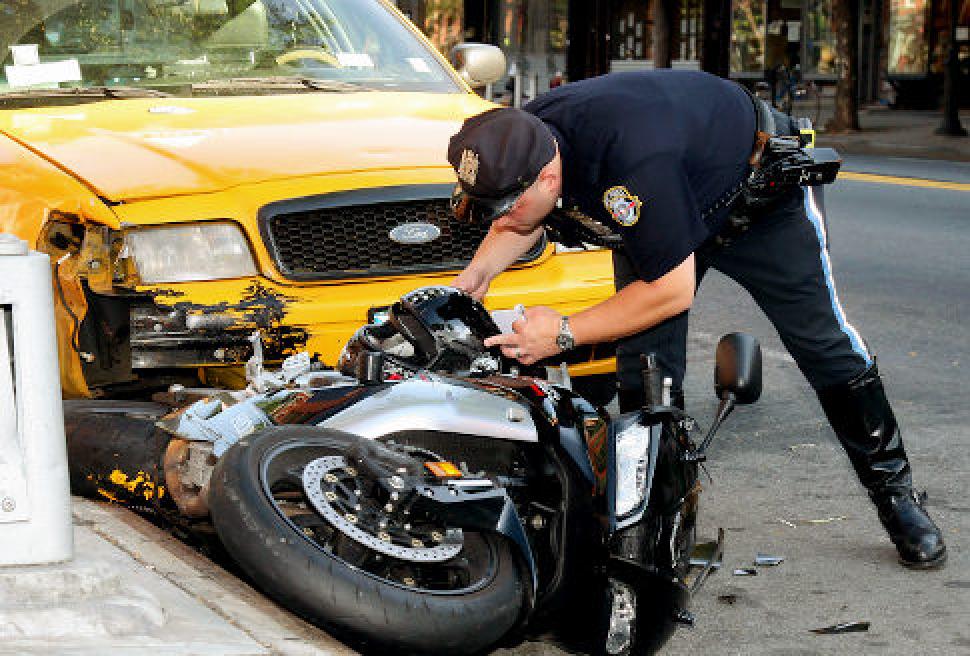
Motorcyclists are vulnerable to a wide range of injuries due to the lack of protection they have compared to occupants of enclosed vehicles. These injuries can vary in severity, from minor cuts and bruises to catastrophic injuries that can permanently alter a victim’s life.
The most common types of injuries sustained in motorcycle accidents include:
Head Injuries
Head injuries are among the most serious and potentially life-threatening injuries that motorcyclists can suffer. These injuries can range from mild concussions to severe traumatic brain injuries (TBIs). TBIs can cause a variety of symptoms, including loss of consciousness, memory loss, difficulty concentrating, and changes in personality. In severe cases, TBIs can lead to permanent disability or death.
Spinal Cord Injuries
Spinal cord injuries are another serious type of injury that can occur in motorcycle accidents. These injuries can result in paralysis, loss of sensation, and other debilitating symptoms. Spinal cord injuries are often permanent and can have a profound impact on a victim’s quality of life.
Bone Fractures
Bone fractures are also common in motorcycle accidents. These injuries can occur anywhere in the body, but they are most common in the legs, arms, and ribs. Bone fractures can be painful and debilitating, and they can take weeks or months to heal.
Road Rash
Road rash is a type of abrasion that occurs when a motorcyclist’s skin is scraped against the pavement. Road rash can be painful and can lead to infection. In severe cases, road rash can require skin grafts or other surgical treatment.
Other Injuries
In addition to the injuries listed above, motorcyclists can also suffer from a variety of other injuries in an accident, such as:
- Burns
- Cuts and lacerations
- Internal injuries
- Psychological trauma
The severity of a motorcycle accident injury will depend on a number of factors, including the speed of the motorcycle, the type of collision, and the rider’s protective gear. However, even minor motorcycle accidents can result in serious injuries. It is important for motorcyclists to wear protective gear and to be aware of the risks involved in riding a motorcycle.
Legal Rights of Motorcycle Accident Victims
Motorcycle accident victims in Los Angeles have specific legal rights that protect their interests and allow them to seek compensation for their injuries and losses.
The first step in pursuing a personal injury claim is to contact an experienced motorcycle accident lawyer. An attorney can help you navigate the legal process, gather evidence, and negotiate with insurance companies on your behalf.
Filing a Personal Injury Claim
- Contact an attorney: An experienced motorcycle accident lawyer can help you file a personal injury claim and guide you through the legal process.
- Gather evidence: Collect medical records, police reports, witness statements, and other relevant documents to support your claim.
- Negotiate with insurance companies: Insurance companies will often try to minimize the value of your claim. An attorney can negotiate with them on your behalf to ensure you receive fair compensation.
- File a lawsuit: If negotiations with the insurance company are unsuccessful, you may need to file a lawsuit to pursue your claim.
Choosing a Motorcycle Accident Lawyer in Los Angeles
Selecting the right motorcycle accident lawyer in Los Angeles is crucial to maximizing your compensation and protecting your rights. Here are key tips to guide your decision-making process:
Experience and Reputation
Opt for an attorney with extensive experience handling motorcycle accident cases. Their expertise ensures a thorough understanding of the legal nuances and strategies involved in obtaining favorable outcomes.
Consider the lawyer’s reputation within the legal community and among past clients. Positive testimonials and industry recognition serve as indicators of their competence and professionalism.
Fees and Payment Structure
Discuss fee arrangements upfront to avoid any misunderstandings. Some lawyers work on a contingency basis, meaning you pay nothing unless they recover compensation for you.
Be wary of attorneys who charge excessive fees or require large upfront payments. A reputable lawyer will provide a transparent fee structure that aligns with industry standards.
Negotiating a Motorcycle Accident Settlement
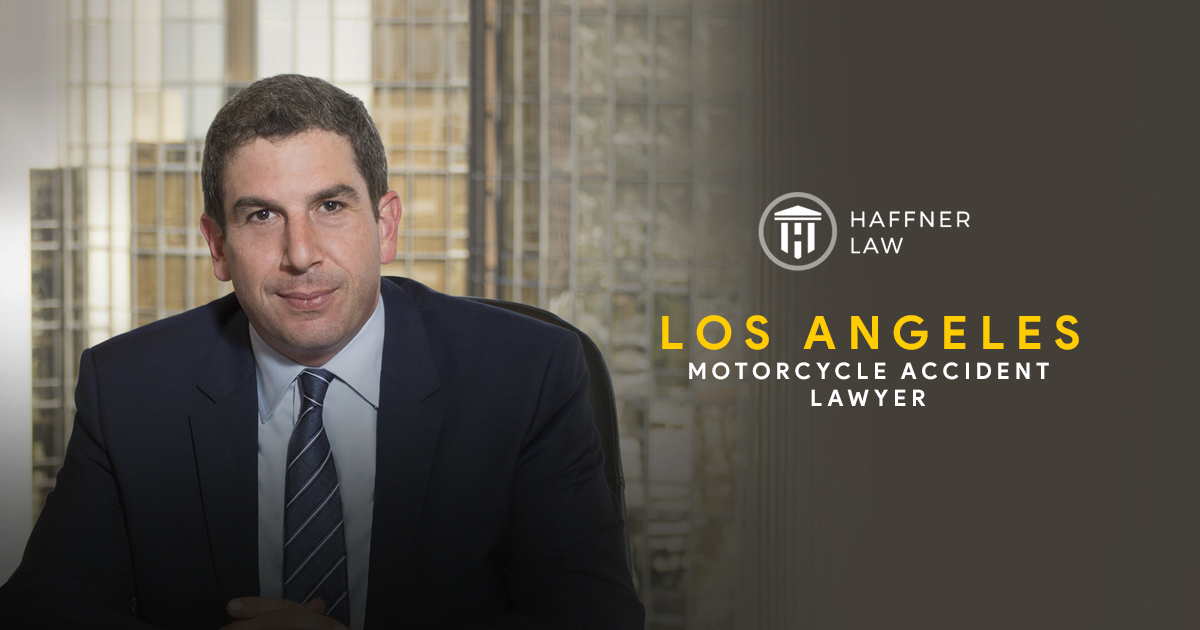
After a motorcycle accident, victims often face substantial medical expenses, lost wages, and pain and suffering. Negotiating a fair settlement with the insurance company is crucial to recover compensation for these damages. Here’s an overview of the process and factors influencing the settlement amount.
Settlement Process
Negotiating a settlement involves several steps:
- Documenting Damages: Gather medical records, bills, lost wage statements, and other evidence of your injuries and losses.
- Determining Liability: Establish who was at fault for the accident and gather evidence to support your claim.
- Calculating Damages: Calculate the total amount of compensation you’re seeking, including medical expenses, lost wages, pain and suffering, and property damage.
- Making a Demand: Present your demand letter to the insurance company, outlining your damages and settlement request.
- Negotiating: Engage in negotiations with the insurance company’s adjuster to reach a mutually acceptable settlement amount.
- Settlement Agreement: Once an agreement is reached, sign a settlement agreement that Artikels the terms of the settlement.
Factors Influencing Settlement Amount
The settlement amount is influenced by various factors, including:
- Severity of Injuries: The extent and severity of your injuries significantly impact the settlement amount.
- Liability: The degree of fault attributed to each party affects the settlement. If you’re partially at fault, your settlement may be reduced.
- Insurance Coverage: The limits of the at-fault driver’s insurance policy determine the maximum settlement amount.
- Legal Representation: Having an experienced motorcycle accident lawyer can strengthen your case and negotiate a higher settlement.
- Comparative Negligence: In some states, your settlement may be reduced if you’re found to be partially at fault for the accident.
Trial Process for Motorcycle Accident Cases
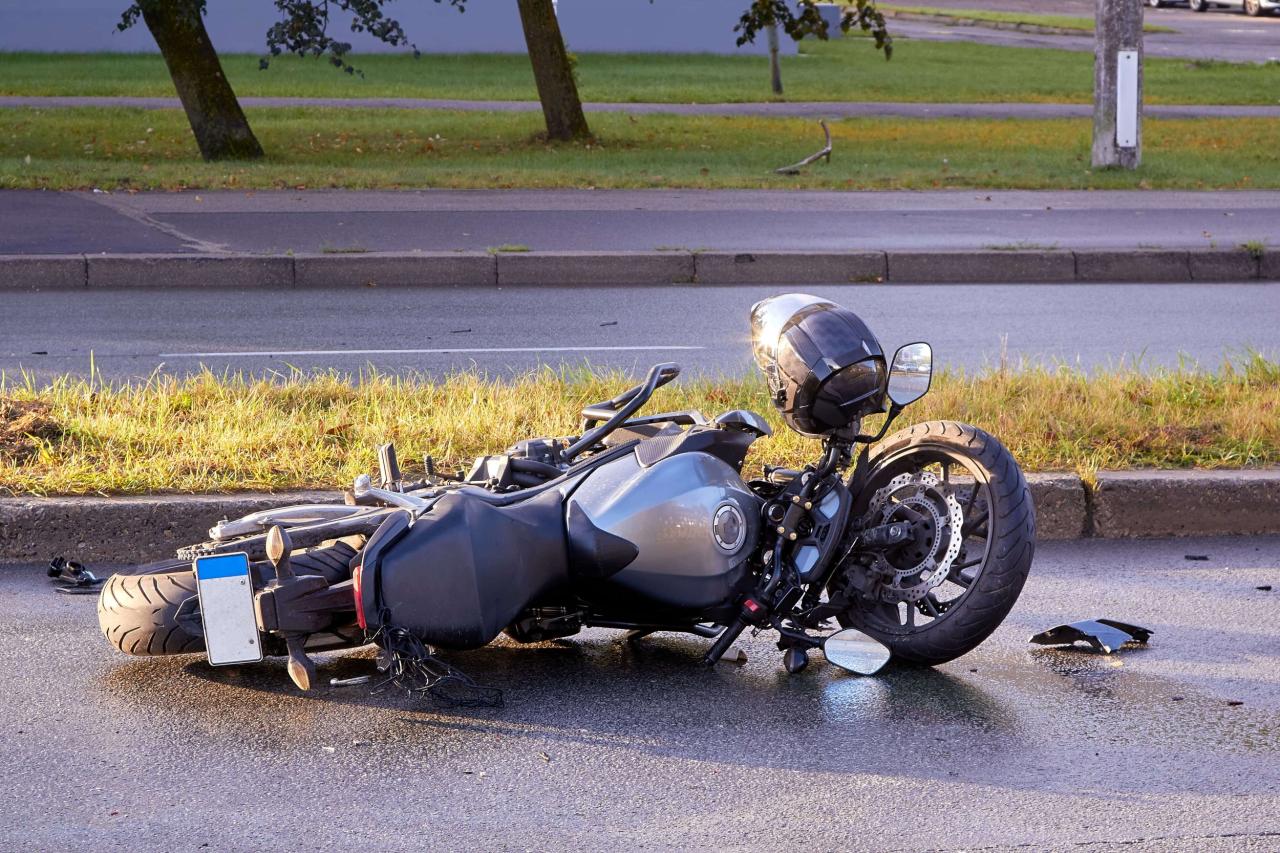
In a motorcycle accident trial, the plaintiff (the person who was injured) presents evidence to prove that the defendant (the person or entity being sued) was negligent and that their negligence caused the plaintiff’s injuries. The defendant then presents evidence to defend against the plaintiff’s claims. The jury then decides who is liable for the accident and, if the plaintiff is found to be liable, the amount of damages that the plaintiff is entitled to recover.
Role of the Jury
The jury is responsible for deciding the facts of the case and applying the law to those facts. The jury is instructed on the law by the judge and must follow those instructions. The jury’s verdict must be unanimous.
Role of the Judge
The judge presides over the trial and ensures that the trial is conducted fairly and in accordance with the law. The judge also rules on any legal issues that arise during the trial.
